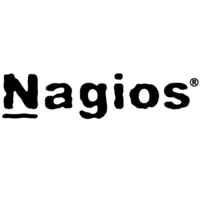Need advice about which tool to choose?Ask the StackShare community!
Nagios vs Alerta: What are the differences?
What is Nagios? Complete monitoring and alerting for servers, switches, applications, and services. Nagios is a host/service/network monitoring program written in C and released under the GNU General Public License.
What is Alerta? A tool used to consolidate and duplicate alerts from multiple sources for quick 'at-a-glance' visualisation. It combines a JSON API server for receiving, processing and rendering alerts with a simple, yet effective Alerta Web UI and command-line tool.
Nagios and Alerta can be primarily classified as "Monitoring" tools.
Some of the features offered by Nagios are:
- Monitor your entire IT infrastructure
- Spot problems before they occur
- Know immediately when problems arise
On the other hand, Alerta provides the following key features:
- Supports SQL
- Flexible alert format
- De-duplication and simple correlation
Nagios is an open source tool with 60 GitHub stars and 35 GitHub forks. Here's a link to Nagios's open source repository on GitHub.
- free open source
- modern interface and architecture
- large community
- extendable I knew Nagios for decades but it was really outdated (by its architecture) at some point. That's why Icinga started first as a fork, not with Icinga2 it is completely built from scratch but backward-compatible with Nagios plugins. Now it has reached a state with which I am confident.
Pros of Alerta
Pros of Nagios
- It just works53
- The standard28
- Customizable12
- The Most flexible monitoring system8
- Huge stack of free checks/plugins to choose from1


































